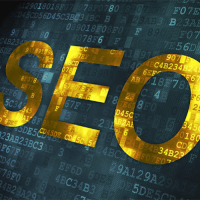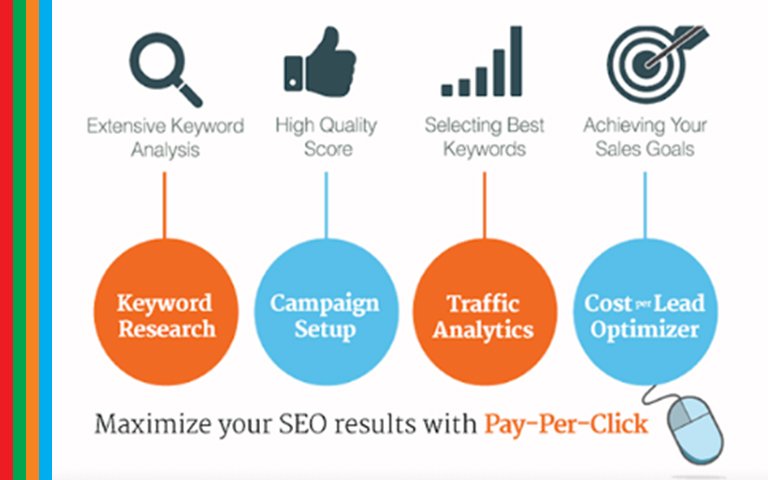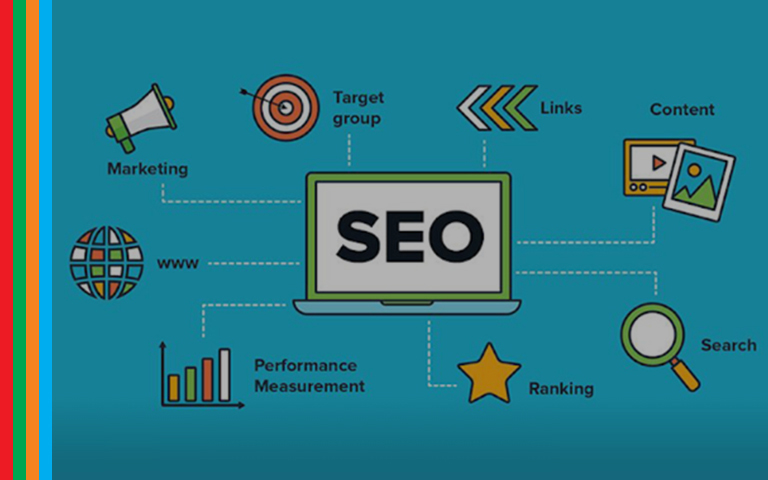Regardless of whether you’re launching a brand new website or launching a redesign for an existing website, the short answer to the question “When should I start SEO for my new website?” is the same–before it launches. Or as an old Chinese proverb puts it: The best time to plant a tree was 20 years ago. The second best time is now.
But do the same rules apply for new websites vs. a redesigned website? If I haven’t started on my website, when exactly should I start on SEO, and how? What should I do if my website is already finished? I’ll answer all these questions below.
SEO for a New Website vs. a Redesigned Website, Does it Matter?
Yes. Ignoring certain aspects of SEO unique to launching a new version of an existing website can have serious consequences. How serious? It could put you out of business–that’s how serious. For example, I know of an ecommerce company that redesigned its website, which included thousand of product pages, all of which were showing up prominently in Google.
Unfortunately, the company doing the redesign of the website had no SEO experience and in creating the new website they changed the URLs without redirecting traffic from the old URLs to the new ones. Suddenly all that traffic from Google was finding nothing but “404 – Page not found” errors, sales collapsed, and within one month the company was bankrupt. Having a 301 redirect plan in place is critical to SEO success when redesigning your website.
Other factors affecting SEO are unique to website redesigns as well. For example, if you have a page that ranks particularly well in Google and drives a lot of traffic and leads or sales for your business, you don’t want to lose that with your redesign. In order to make sure you can preserve that performance, you’ll need to know why you’re getting those results so that you can incorporate what is producing them into the new version of that page, or into other places on the website that are influencing the rank of that page.
My recommendation to a client who wants to redesign a website is to complete a thorough SEO audit before any new design is considered. This will reveal what “SEO assets” the company owns, and then plans for the redesign can take these assets into consideration.

Universal Principles of SEO for New Websites
While the above advice applies only to websites that are being redesigned, here are 3 tips that are relevant whether your company is launching a redesigned website or a completely new one.
SEO should start alongside UX (user experience) or web design. Your SEO strategy may impact what content is placed on your homepage, and where it’s placed on your homepage. The same goes for every other page on your website. In other words, UX web design, and SEO are inextricably intertwined. Some have even said that UX is SEO, or that UX is at least a key to SEO success. Too often I have been approached by a client who says “We just finished our new website, we’re ready to start SEO.” We then audit the website and find out that there are so many parts of it that need to be fixed in order to do SEO effectively that the company has to scrap their new website and start over. In almost every case this large expense in terms of time and money could have been avoided had an SEO professional been consulted at the beginning of the project, rather than at the end. SEO should then continue throughout the UX/web design/build process.
In addition, SEO should start during the web design process in order to accelerate results. During the first month of SEO there is often no work taking place on the website. Much or all of the time spent on SEO involves discovery, analysis, strategy, and planning. Starting this when the website launches rather than before only means pushing back the time when SEO will start producing results for you.
Your UX and web designers should understand SEO, and your SEOs should understand UX and design. The people working on UX, web design, and front end development on your website are unlikely to understand much about SEO, and vice versa. Whatever little the individuals possessing each of these skills can learn about what everyone else is doing will help immensely in making sure your new website is successful.
There is certainly more one could learn about content strategy, writing, and social media integration which would also be beneficial to the website design or redesign process, but the four areas above are the basics.
SEO is never done. Your website isn’t “SEO’d” and then it’s done. You can’t “SEO your content.” Yes, there are parts of SEO that are more like one-time activities while others are definitely ongoing, but SEO isn’t SEO unless you have both. You might compare it to using a truck to run a delivery service. One-time SEO activities are like building the truck, but if you never get in it and drive it to your destinations, it’s worthless. Likewise, SEO is an ongoing process, and just as your delivery business would die if you stopped making deliveries, your website will only continue to perform if you keep up with ongoing SEO activities. While the Yoast WordPress SEO Plugin is a great tool which we install on all our clients’ websites, if you only install it and do nothing else–you’re not doing SEO.
When is the Best Time to Plant a Tree?
It’s the same with SEO as with trees. You can’t go back in time and plant a tree, nor can you undo what’s already been done or do what hasn’t been done when it comes to SEO. But you can start taking the right steps right now. If you’re coming to this webpage having already built your new website without having considered SEO yet, don’t despair, but do take action today.
Josh Steimle is the CEO of MWI
http://www.forbes.com/





